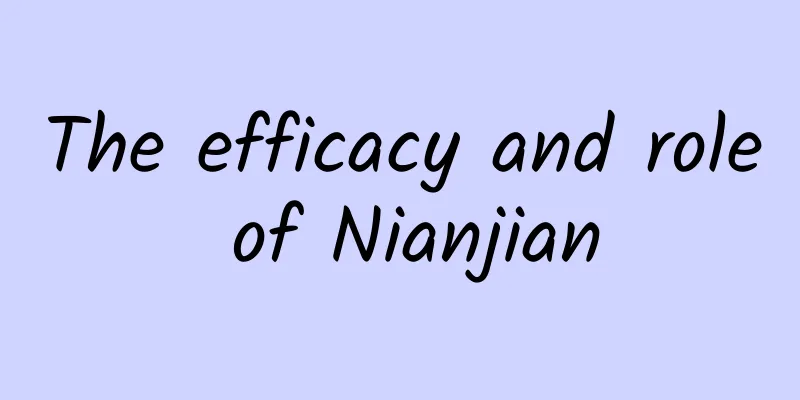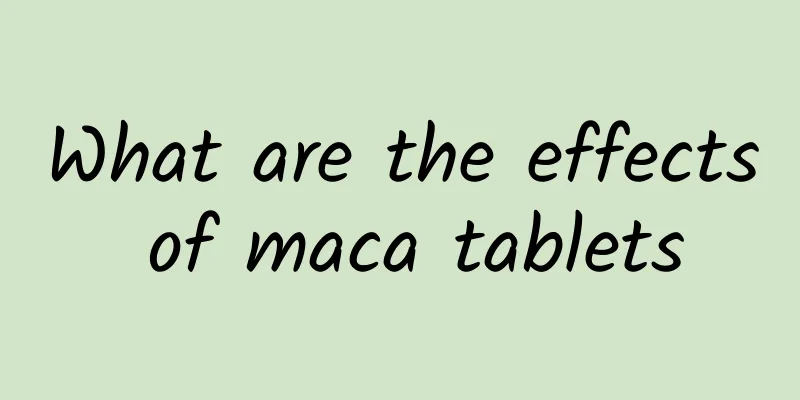Is cerebral infarction scary?

|
Cerebral infarction is a relatively common disease. It usually develops quickly and can endanger the patient's life if it is severe. Cerebral infarction, also known as ischemic stroke, is caused by an obstruction of blood supply to the brain, and may also be ischemic. Hypoxia may cause ischemic necrosis and softening of localized brain tissue. Many people think that cerebral infarction is terrible. Is cerebral infarction terrible? Let’s take a look at it next. 1. Overview of cerebral infarction Cerebral infarction, also known as ischemic stroke, refers to ischemic necrosis or softening of localized brain tissue caused by impaired blood supply, ischemia and hypoxia to the brain. Common clinical types of cerebral infarction include cerebral thrombosis, lacunar infarction and cerebral embolism, and cerebral infarction accounts for 80% of all strokes. Diseases closely related to it include: diabetes, obesity, hypertension, rheumatic heart disease, arrhythmia, dehydration due to various reasons, various arteritis, shock, and excessive and rapid drop in blood pressure. The main clinical manifestations are sudden fainting, unconsciousness, hemiplegia, speech disorders, and intellectual disabilities. Cerebral infarction not only poses a great threat to human health and life, but also brings great pain and heavy burden to patients, families and society. Cerebral infarction is a sudden brain disease that can occur at any age, and the degree of necrosis varies depending on the location and size of the thrombus. It is more common in middle-aged and elderly people aged 45 to 70. The onset is acute, often without prodromal symptoms. Focal neurological signs reach a peak within minutes to hours, and often present as complete stroke with clear consciousness or mild disturbance of consciousness. Embolism of the internal carotid artery or middle cerebral artery trunk leads to large-area cerebral infarction, which may cause severe cerebral edema, increased intracranial pressure, and even brain herniation and coma, and rarely epileptic seizures. Embolism of the vertebral-basilar artery system often leads to coma. In some cases, focal signs are stable or improved for a period of time and then worsen, indicating recurrence of infarction or secondary bleeding. 2. General treatment During the acute phase, patients should rest in bed as much as possible, strengthen care of the skin, oral cavity, respiratory tract, and urination and defecation, and pay attention to the balance of water and electrolytes. If the patient is still unable to eat on his own 48 to 72 hours after onset, he should be given nasogastric liquid diet to ensure nutritional supply. The patient's daily care, diet, and treatment of other complications should be given priority. Since some patients with cerebral infarction cannot take care of themselves in the acute phase and even have difficulty swallowing, if they are not given proper nutrition, energy metabolism problems will quickly arise. At this time, even if the treatment medication is good, it is difficult to achieve good treatment results. 3. Drug treatment 1. Streptokinase and urokinase can be used for thrombolytic therapy. Anticoagulants such as heparin and dicoumarol can be used to prevent thrombus extension and the occurrence of new thrombi. 2. Treatment of cerebral edema: Commonly used drugs include mannitol, 10% mannitol, diuretic dehydrating agents, etc., which can reduce intracranial pressure and intraocular pressure, eliminate cerebral edema, increase cerebral blood volume and cerebral oxygen consumption, and improve brain metabolism. IV. Prognosis Cerebral thrombosis is the most common type of cerebral infarction, with four high characteristics: high morbidity, high mortality, high recurrence rate, and high disability rate. Patients may suffer from hemiplegia at mildest and even lose their lives at severe cases. Lifelong medication is required to prevent recurrence. |
<<: How to treat bilateral thalamic infarction?
>>: What should I do if I suffer from hemiplegia due to cerebral infarction?
Recommend
What are the Chinese medicine shampoo recipes?
Each of us washes our hair, so what kind of washi...
Erosive gastritis
There are many common types of diseases, and diff...
Are heartbeat and pulse the same?
Heartbeat refers to the beating of the heart. The...
What diseases can blood tests detect?
When we go to the hospital for a physical examina...
Can tuberculosis be cured?
Tuberculosis is a very common lung disease. Once ...
Is Tianqi the same as Panax notoginseng?
What is the difference between Panax notoginseng ...
Back spine protrusion
If the human body is compared to a building, then...
What are the benefits of drinking hawthorn tea regularly?
Hawthorn tea, as the name suggests, is tea made f...
What is neuroherpeticum and what are the symptoms?
Many people only have a vague understanding of he...
How to reduce fat belly?
When it comes to fat belly, many people may not k...
How long can you live with brain cysticercosis?
Brain cysticercosis sounds like a terrible diseas...
Which five elements do the heart, liver, spleen, lungs and kidneys correspond to?
From a metaphysical point of view, the five eleme...
What is the medicinal value of Dendrobium officinale
Dendrobium officinale is a very unique Chinese me...
How many months does the fetus grow fastest
First of all, every period of fetal development i...
What to eat when you are lack of energy and prone to fatigue
There are many reasons for lack of energy. The mo...









